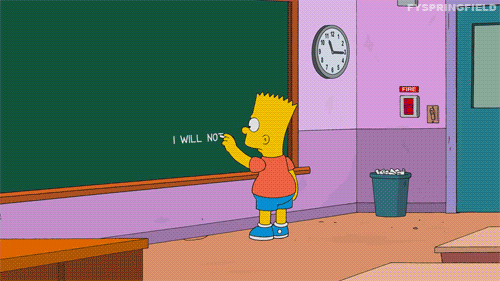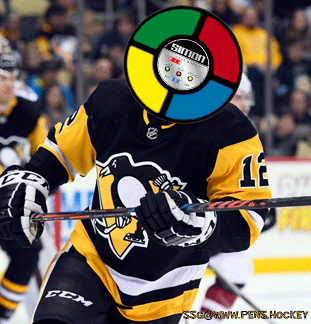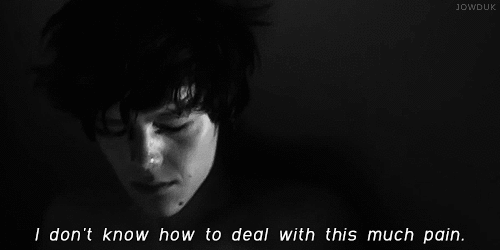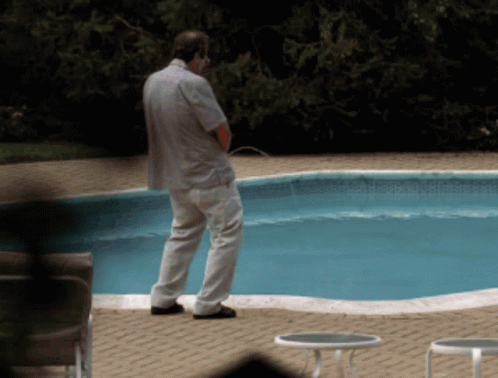
Back in June of 2014, the Pittsburgh Penguins hired Jim Rutherford to replace (well technically Jason Botterill who was in the position on an interim basis, but actually) Ray Shero, who had been general manager of the Penguins since May of 2006. At the time Pittsburgh was a year removed from a wildly successful 2013 season that ended in a hugely disappointing sweep at the hands of the Boston Bruins in the Eastern Conference Finals. Sidney Crosby and Kris Letang were both 26 years old, Evgeni Malkin was 27, and Marc-Andre Fleury was 29. As such, all the key players for Pittsburgh were in the primes of their careers. And yet they suffered a big step back from the last four in the playoffs to a second round exit in seven games at the hands of their would-be rivals the New York Rangers. Something interesting happened on the way to this point from where the Penguins were when they won the Stanley Cup in 2009: they got old.

This is a little bit of a digression, but I’ll discuss it quickly because it bears some relevance. The following chart shows the rankings of Pittsburgh, the Stanley Cup champion and the runner-up by average age of the team weighted by time on ice. It goes from oldest to youngest, so first is the oldest. As I’ve mentioned before, having an old team isn’t necessarily a predictor of not winning the Cup. But if you average out the average age rankings of the teams that have won the Cup over the past twelve years, the answer is neither old nor young but almost exactly in the middle at 15th. Note that the average of the average age of the runner-up is 10.5. So it stands to reason that a team will generally want a good balance of young to old players on their roster.
| Season | Average age of Pittsburgh Penguins weighted by time on ice, ranked | Average age of Stanley Cup champion weighted by time on ice, ranked | Average age of Stanley Cup runner-up weighted by time on ice, ranked |
| 2008-09 | 26th | 26th | 1st |
| 2009-10 | 16th | 27th | 18th |
| 2010-11 | 17th | 8th | 10th |
| 2011-12 | 9th | 23rd | 1st |
| 2012-13 | 2nd | 22nd | 12th |
| 2013-14 | 7th | 15th | 14th |
| 2014-15 | 2nd | 5th | 28th |
| 2015-16 | 4th | 4th | 3rd |
| 2016-17 | 8th | 8th | 19th |
| 2017-18 | 21st | 12th | 17th |
| 2018-19 | 11th | 13th | 8th |
| 2019-20 | 18th | 18th | 2nd |
| 2020-21 | 15th | 15th | 8th |
| 2021-22 | 2nd | 17th | 3rd |
| 2022-23 | 1st | 11th | 13th |
Back to the Ray Shero days. After drafting Jordan Staal second overall in 2006, Shero had a few years of poor results in drafting. From 2007 to 2009, Pittsburgh drafted two players who would play over 200 games in the NHL but not for Pittsburgh, and both of them came in 2007: Robert Bortuzzo and Jake Muzzin. His next four drafts were considerably different, as the Penguins drafted twelve players who would play over 200 games in the NHL, including Bryan Rust, Tom Kuhnackl, Josh Archibald, Olli Maatta, Teddy Blueger, Matt Murray, Tristan Jarry, and Jake Guentzel. But none of these players made immediate impacts on the team, which makes sense because all except for Maatta were drafted later than the first round. They needed time to mature and during that time there were no other very useful prospects to promote to Pittsburgh. By the time those players would become productive players in the NHL, Shero was gone and thus Rutherford was benefitting from the success of his predecessor’s draftees. That’s unfortunate for Shero, but these things happen all the time. (Ask Steve Yzerman how he feels about the Tampa Bay Lightning going back-to-back. Anyway, Shero has a job with the New Jersey Devils, and they’re doing just fine.)

Jim Rutherford, on the other hand, has had next-to-no success in his draft picks during his seven years as general manager. Only four players he was responsible for drafting have played over 200 games in the NHL (Kasperi Kapanen, Daniel Sprong, Sam Lafferty, and Dominik Simon) while seven other players have played at least one game in the NHL, but only a maximum of 80 (Calen Addison). To be fair, he is responsible for some draftees who typically wouldn’t be expected to have ascended to the NHL by now simply by maturity, but with this upcoming draft it’ll be three years since his last draft and I’m not sure we’ll see any of his selections in Pittsburgh next year. Or the year after that. It’s tough to say if any of them will play in the NHL at all. Coincidentally, this lack of viable prospects has caused the team’s average age to rocket back up to the top of the League, and combined with the fact that the oldest players are generally the ones producing the most, it’s a precarious position.

One of Kyle Dubas’ stated goals is to turn this issue around. The Penguins currently hold the 14th overall pick in the Entry Draft (two weeks away) and that’s a good spot to find someone productive, but maybe not for the upcoming 2023-24 season. However, it would be a good start towards rebuilding the future to retain that pick and take the best prospect available. The more immediate problem is that the average age of the top six scoring forwards on the team last year was 31.5 while the average for the remaining forwards was ~26.6. Recall my favorite ratio, that of the top six forward production versus everyone else? The top six scored a whopping four points for every one that the remaining forwards produced. In summation, not only have the internal promotions been abysmal of late, but the outside acquisitions have as well. If no one else steps up, the top six scoring forwards from this past year will very likely be the same group as last year, all of them one year older without anticipating much help from the guys further down the depth chart.

Remaking the prospect pool may take time, but generally speaking it’s the smarter way to improve your team long term. Younger players are almost always cheaper than their veteran comparables; acquiring players through trades or free agency is usually an expensive way to find more productivity, whether it’s in terms of draft capital, salary cap space, prospects, or actual players. Even if Pittsburgh ends up with late first round picks, Ray Shero found some pretty useful players later in the draft than what would be expected. Sometimes it takes some luck, but more likely it takes the right personnel in the right places to find players that will fit your team’s systems. Kyle Dubas will presumably get plenty of time to work on this long-term project once he gets through the first week(s) of free agency next month and hires his replacement as general manager.

Looking into the future beyond the retirements of Crosby, Malkin and Letang, it’s not hard to imagine that the Penguins will need to suffer somewhat before they can seriously restock and prepare for what comes next. It is inevitable, so the only question is will it be a short wait or a long one?

